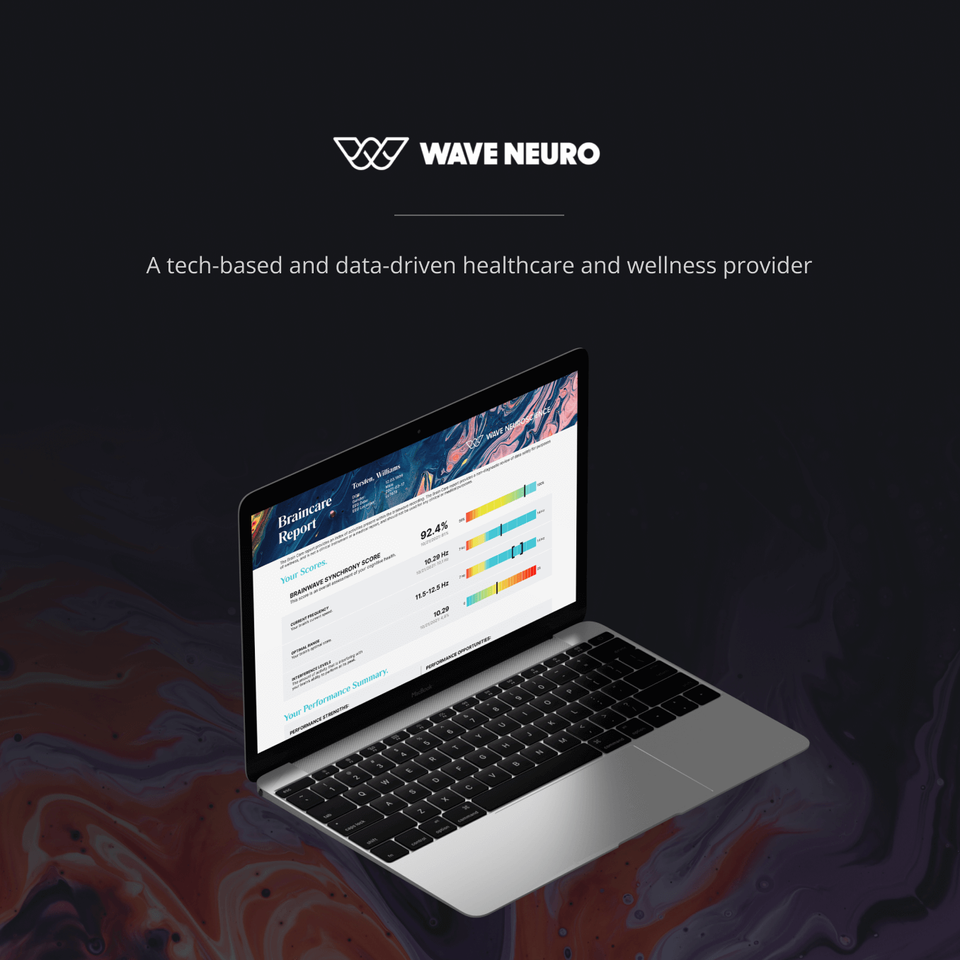Each Remedy team works exclusively with a single partner to synthesize company objectives, create a roadmap, and then deliver a product.
1
What Does a Partnership Look Like?
With our unique flavor of agile methodology, our product-led teams distill a partner’s broad vision into a lean scope that can be delivered and tested in a short time frame.
2
Our cross-functional teams work on product management, full stack and data engineering, DevOps, architecture, QA, and UX/UI design.
3
Throughout a partnership, we gather product metrics to inform long-term technology and business strategy.
4
Each Remedy team works exclusively with a single partner to synthesize company objectives, create a roadmap, and then deliver a product.
With our unique flavor of agile methodology, our product-led teams distill a partner’s broad vision into a lean scope that can be delivered and tested in a short time frame.
Our cross-functional teams work on product management, full stack and data engineering, DevOps, architecture, QA, and UX/UI design.
Throughout a partnership, we gather product metrics to inform long-term technology and business strategy.
What Does a Partnership Look Like?
Our Process
Goals
Identifying Business Needs
We learn your business objectives, KPIs, and long-term vision through a pre-discovery questionnaire and a series of onboarding calls with our product team. Then we conduct thorough competitor analysis, product-market fit validation, and assumption testing.
Reviewing Product Details
We review your product, code, documentation, and wireframes.
Understand Target Audience
We utilize any available data to develop user personas, map out user needs, and understand how users might engage with the product.
Step 1
Discovery Phase
In these meetings, we’re asking questions, reviewing documentation, and conducting research that helps us understand your business, product vision, and target users.
Once that’s solidified, we identify early milestones to aim for that will deliver immediate business value.
Goals
Integrate Into Your Team
We set up communication channels, set feedback expectations, and implement product management tools.
Define Product Strategy
We start by defining product success metrics, then develop a roadmap that outlines how we’ll prioritize, develop, and launch key product features.
Define Product Design
We design wireframes that map out how different user personas will engage with your products and build a design kit to inform our mockups and prototypes.
Define Initial Project Scope
We identify technical requirements and core features and divide those into bite-sized tasks and sections, which make up the project timeline and scope.
Step 2
Product Planning
We work with your team to identify, prioritize, and prototype key product features and deliverables. Together, we define what a finished feature is and create a delivery plan for each one.
This collection of features is the initial backlog that developers will execute in the next stage.
Goals
Define Development Plan
We set up CI/CD pipelines and infrastructure deployment and create technical documentation and architecture.
Continuously Deliver Features
We work in sprints to develop, test, validate, and launch new features every 2 weeks.
Integrate Partner Feedback
We continuously ask for feedback during daily stand-ups, sprint demos, sprint reviews, and leadership check-ins.
Step 3
Development
Engineers create a tech roadmap and build front- and back-end architecture.
Using agile methodology, we demo features with immediate business and user value at least once every 2 weeks to gather feedback. We continuously test feature functionality, integration, and usability.
Goals
Release Control Plan
We support deployment and manage risk by building release schedules that incorporate thorough testing, validation, and version control all while tracking any technical documentation.
Guide Product to Market
We validate the final product through unit, regression, functional, and user acceptance testing while setting up manual and auto-QA processes as well.
Step 4
Final Review
Once we’ve developed a feature, MVP, or updated system, we conduct user acceptance testing for all functions to ensure everything’s ready for deployment.
The moment we confirm the pre-launch checklist is complete, we help you launch your product or update. At peak efficiency, we’re releasing multiple times per 2-week sprint.
Our Work
Goals
Synthesize Product Insights
We review trends and patterns in user behavior and system usage for future iteration and development.
Develop Company Goals
We identify new markets and user segments for future growth, and we help you set business and technical goals moving forward.
Define Product Strategy
We work with the company vision and implement product analytics tools to inform future product roadmaps.
Scale & Maintain Technology
We maintain and update systems through regular bug fixes and security patches.
Step 5
Post-Launch Growth
We don’t just deliver a feature and leave your team. We help you measure product success with user feedback and system performance monitoring.
We review these insights with your team to collaborate on long-term company goals, so you can thoughtfully scale, enhance, or adjust your technology, product roadmap, and business.










